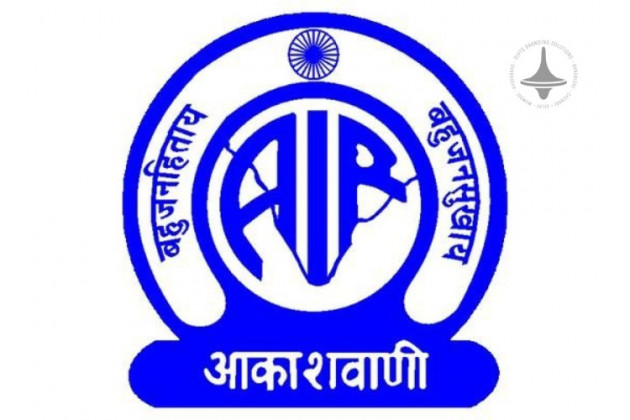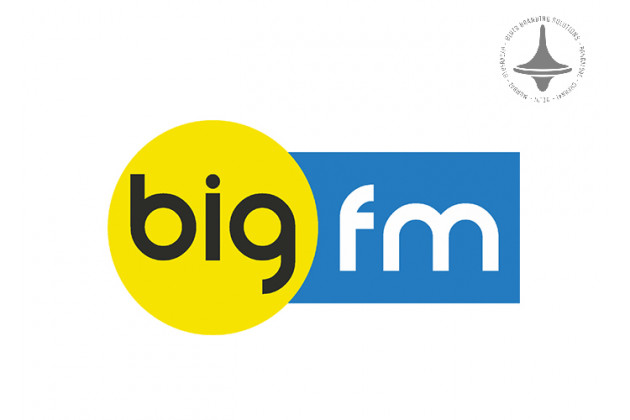Prime Time | TV Ads | Worthwhile Investment | Digital Marketing

In today’s digital age, businesses have a multitude of advertising channels to choose from, ranging from social media and influencer marketing to pay-per-click (PPC) campaigns. However, traditional prime-time television advertising remains one of the most expensive and high-profile marketing tools. The question many marketers ask is whether investing in prime-time TV ads is still a worthwhile strategy or if digital alternatives provide better value.
The Power of Prime-Time TV Ads
Prime-time television, typically between 8 PM and 11 PM, is
when networks air their most popular programs, attracting millions of viewers.
This broad reach offers several benefits:
- Mass
Audience Reach – Unlike digital platforms where ads are often targeted
based on user behavior, prime-time TV ads can reach a diverse demographic
in one go, making them ideal for brands with a broad consumer base.
- Brand
Credibility and Prestige – Advertising during prime time associates a
brand with high-quality programming and conveys trustworthiness. Many
top-tier brands still allocate significant portions of their budgets to TV
ads for this reason.
- High
Engagement Levels – Viewers watching TV during prime time are more
engaged, making them more likely to recall advertisements. Unlike digital
ads that can be skipped or ignored, TV commercials command attention,
especially during live events like sports or award shows.
The Shift to Digital Advertising
Despite the advantages of prime-time TV ads, digital
advertising has emerged as a dominant force. Marketers often turn to online
platforms for the following reasons:
- Cost-Effectiveness
– Digital ads, particularly those on social media and search engines, are
generally more affordable than prime-time TV spots. This makes digital
marketing accessible to small and medium-sized businesses.
- Advanced
Targeting Capabilities – Online advertising allows for highly specific
audience targeting based on demographics, interests, location, and even
browsing history. This precision ensures that marketing budgets are spent
more efficiently.
- Real-Time
Analytics and Adjustability – Unlike TV commercials, digital ads
provide real-time performance data, allowing marketers to adjust campaigns
instantly to improve effectiveness.
- Multi-Screen
Consumption – Consumers increasingly split their attention between TV
and digital devices, often engaging more with mobile and social media than
with television content.
Are Prime-Time TV Ads Still Worth It?
The effectiveness of prime-time TV advertising depends on
several factors:
- Industry
and Target Audience – For brands targeting older demographics or those
in industries like automotive, insurance, and consumer goods, TV ads may
still yield substantial ROI. Conversely, businesses focused on younger,
tech-savvy consumers may find digital advertising more effective.
- Budget
Allocation – Large corporations with significant marketing budgets can
afford to use TV ads as part of an omnichannel strategy, combining them
with digital campaigns for maximum impact.
- Content
Quality and Message – A compelling and memorable TV commercial can
generate lasting brand recognition, but it requires high production value
and a well-crafted message.
Conclusion
While digital marketing offers unmatched targeting and flexibility, prime-time TV advertising remains a powerful tool for brand awareness and credibility. Rather than choosing one over the other, businesses should consider an integrated approach, leveraging the strengths of both traditional and digital media. The key is to align advertising strategies with target audience behavior, budget constraints, and overall marketing objectives to achieve the best results.
Elyts Advertising and Branding Solutions | www.elyts.in (India) | www.elyts.agency (UAE)






















Leave a Comment